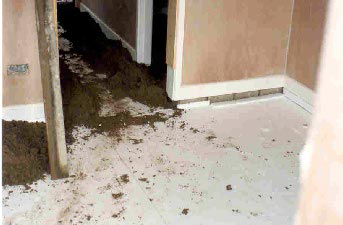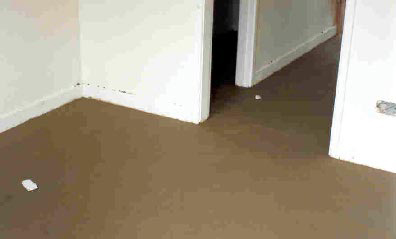


Are you sure you want to reset the form?
Your mail has been sent successfully
Are you sure you want to remove the alert?
Your session is about to expire! You will be signed out in
Do you wish to stay signed in?
/R/Riley-construction-technology-1/14_1.jpg)
/R/Riley-construction-technology-1/14_2.jpg)
/R/Riley-construction-technology-1/14_3.jpg) After the final application of plaster the finishing items such as architraves, skirting boards and electrical sockets and switches are fitted. These are termed ‘second fix’ items
After the final application of plaster the finishing items such as architraves, skirting boards and electrical sockets and switches are fitted. These are termed ‘second fix’ items
